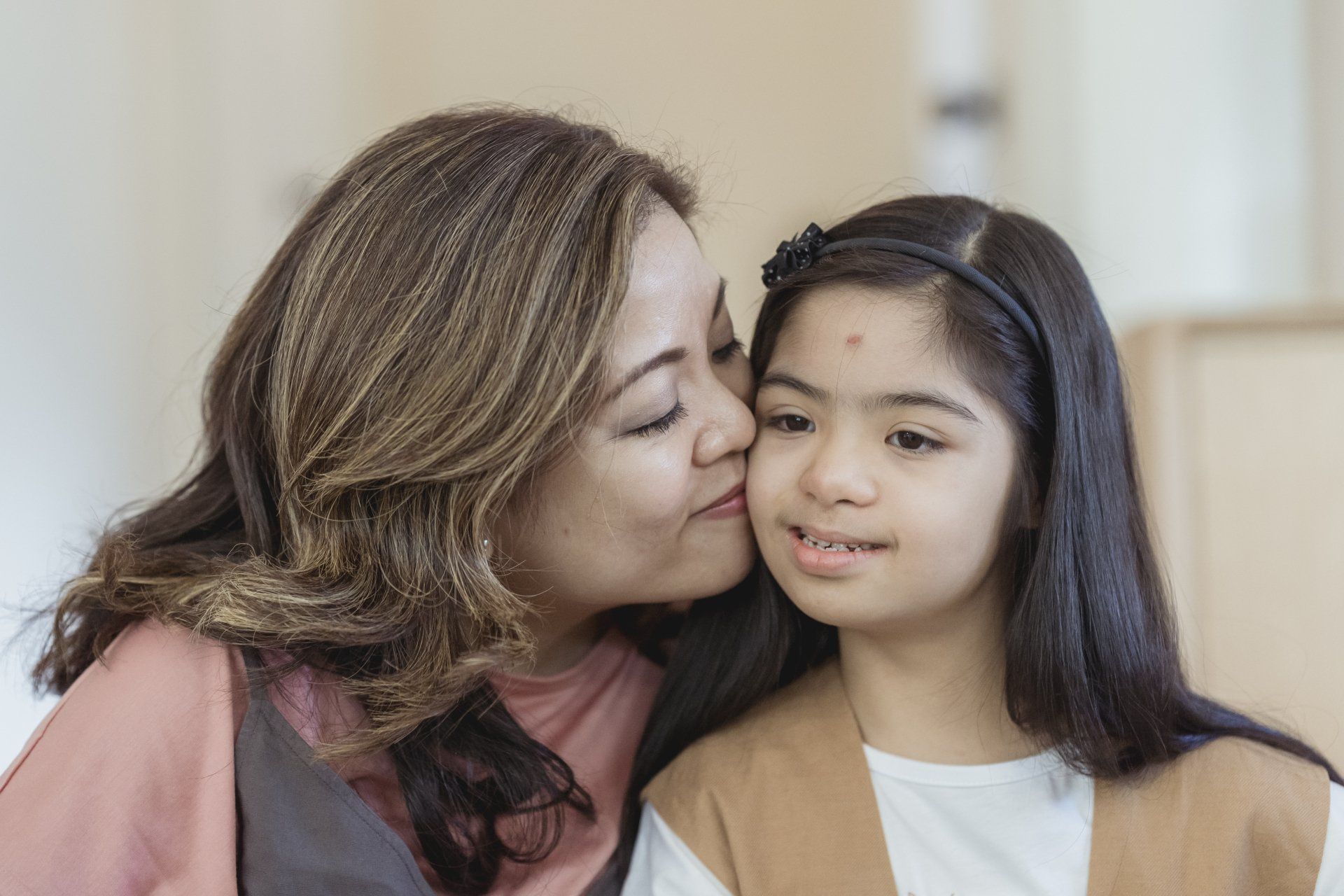Community Impact
Basic Needs
While we work to address the root causes of important community issues, United Way realizes that there are individuals in our region who need our support right now. That’s why we work to improve housing and housing support services, food assistance programs, personal safety services and disaster response systems. Rarely are any of us prepared when a crisis hits. But when a crisis does occur, United Way is there, providing those in need with services and assistance to bring the stability they need to get back on track.

Education
United Way works to end America’s education crisis
Education is the cornerstone of individual and community success. But with more than 1.2 million children dropping out each year, America faces an education crisis. The cost? More than $312 billion in lost wages, taxes and productivity over their lifetimes.1These trends are reversible, but only when communities and public, private and nonprofit sectors work together.
Our Goal
In 2008, United Way launched a 10-year initiative to cut the number of high school dropouts in half by 2018. It’s an ambitious goal, but by utilizing our core strengths — a national network, committed partners and public engagement capacity — we can achieve it.
Our Strategy
We can’t focus on high school alone. High school dropouts are 12 years in the making, usually starting early childhood education behind schedule. United Way's model focuses on supportive communities, effective schools and strong families — strategies and approaches rooted in research. Tackling the education challenge requires reframing education on a birth to 21 continuum.
How You Can Help
To reach our goal, we need your help. The strategies proven to work are those that connect communities to their schools: parent involvement; literacy volunteers in the classroom; mentors for disadvantaged students; business leaders engaged in early childhood advocacy. Volunteer to help.
1Figure according to Communities in Schools, one of America’s leading drop-out prevention partnerships.
Health
United Way works for a healthier America
Whether it is a neighbor without health insurance, a victim of abuse, or someone struggling with mental illness or an addiction, United Ways are working to ensure everyone has access to affordable and quality care.
Health Facts
- More than 33% of children and adolescents are overweight or obese. That’s 25 million kids and teenagers.
- Children with health coverage are better prepared to learn in school and succeed in life.1
- The number of Americans without health insurance has increased steadily since the beginning of the century, now totaling about 47 million. More than 80% are working families.2
- 8.7 million children live without health insurance – more than the total number enrolled in the first and second grades in U.S. public schools.3
1Institute of Medicine. From Neurons to Neighborhood: The Science of Early Childhood Development. Washington DC: National Academies Press, 2000.)
2Employee Benefit Research Institute estimates from the March Current Population Survey, 2007 Supplement.
3Compiled by the State Health Access Data Assistance Center (SHADAC), University of Minnesota School of Public Health, using data from the U.S. Census Bureau’s Current Population Survey 2007.
Income
United Way Helps Americans Achieve Financial Stability
As many as one-third of working Americans do not earn enough money to meet their basic needs. Wages have not kept pace with the rising cost of housing, healthcare, and education and currently, 40 million Americans are working in low-paying jobs without basic health and retirement benefits. For families walking a financial tightrope, unable to save for college, a home, or retirement, United Way is here to help.
Our Goal
In 2008, United Way initiated an ambitious 10-year plan to cut in half the number of lower-income families who are financially unstable. With your help, we believe that by 2018 we can help 1.9 million working families get on the road to economic independence.
Our Strategy
To address the obstacles that prevent hard working families from getting ahead financially, we launched the Financial Stability Partnership™, an initiative that promotes community-change strategies to help families meet their basic needs, while gaining the financial capability to plan for, and accomplish, their long-term financial goals.
Over 300 United Ways and their local community partners are engaged in activities and initiatives to help build the financial stability of families in their communities.
How You Can Help
Volunteers make United Ways’ tax assistance and financial education programs possible. We need your help, even if you don’t have an accounting background. Volunteer to help.

